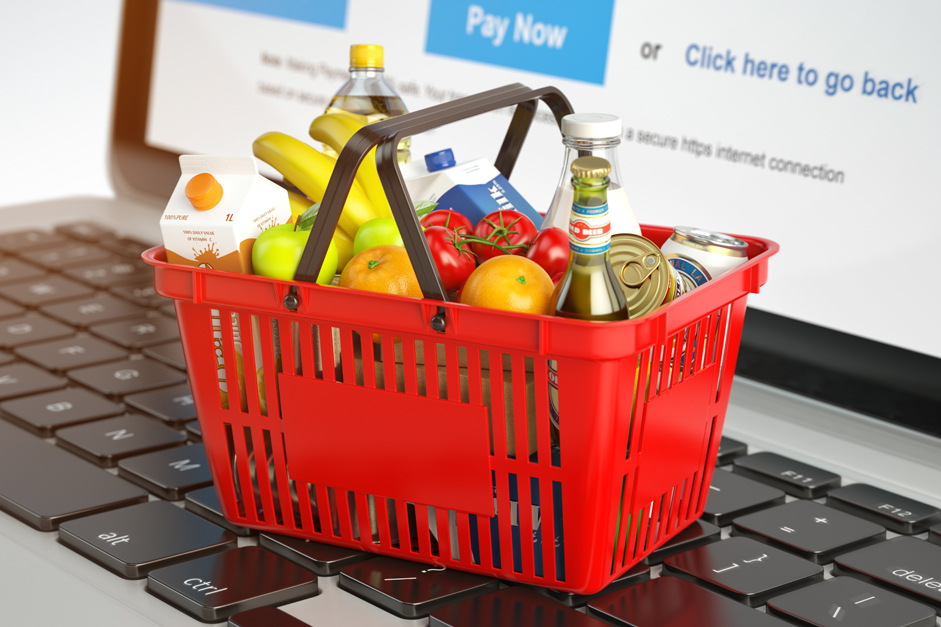Amazon has become the “everything for everybody” retailer, which in positioning parlance means it’s the opposite of the focused specialists. Amazon and Whole Foods getting together solidifies this.
Back in the early days, Amazon’s positioning statement read: “For World Wide Web users who enjoy books, Amazon.com is a retail bookseller that provides instant access to over 2 million books, because unlike traditional book retailers, Amazon.com provides a combination of extraordinary convenience, low prices, and comprehensive selection.”
Soon, however, Amazon began selling everything from diapers to diamonds, so it had to retrofit its statement: “Our vision is to be Earth’s most customer-centric company; to build a place where people can come to find and discover anything they might want to buy online.”
Now along comes news that Amazon is gobbling up Whole Foods. If the deal does go through, Amazon would have to retrofit its statement again and add two words “and offline” to the end of it.
Amazon put a $13.7 billion bid to acquire Whole Foods, also known as “Whole Paycheck.” Amazon must really want to be a serious player in the $800 billion retail food industry. The next closest acquisition Amazon made was for Zappos.com, the online shoe retailer, for $1.2 billion.
Whole Foods has been struggling with lower-priced competition. To be competitive, Whole Foods would have to lower its prices by close to 20 percent. If it did so, as a stand-alone public company, its earnings and resulting share price surely would plummet. With Amazon as its parent, the losses easily would be covered.
Amazon has a penchant for experimentation. With this acquisition, they would roll out their ready-to-pick-up groceries (order online), home delivery (AmazonFresh), and automatic-check-out (Amazon Go) innovations at Whole Foods’ 460 brick-and-mortar store locations.
Amazon also could use Whole Foods’ locations as mini-warehouses for customers to pick up their entire Amazon order — food, books and everything else. That would allow Amazon to offer a complete and seamless cross-channel experience for its customers.
Amazon knows about mining data. They have data like the Utica shale has natural gas. Whole Foods is a merchant-driven company. Amazon and Whole Foods have very, very different company cultures.
However, the Whole Foods shopper is the Amazon shopper with significant overlap with Amazon Prime customers.
Walmart long has been the biggest threat in the grocery industry. They have an astounding 25 percent share of the market. The next closest is Kroger with 8 percent. Now, Amazon might be the next big threat in the grocery war: Walmart vs. Amazon.
Walmart just acquired Bonobos, the popular menswear e-commerce site, along with a few other online players. Last year, it acquired Jet.com, a major online retailer. Consider, too, that Walmart has 4,500 locations.
Funny how things work sometimes. Walmart is moving online. Amazon is moving offline. We’re all learning that online and brick-and-mortar are both retailing. Retailers need both.
Will the Amazon-Whole Foods deal change how we buy our food? Probably so. Will the two companies be left alone to operate independently? Probably not.
The grocery industry is already well known for razor-thin profit margins of 1 to 2 percent. Nevertheless, there will be downward pressure on pricing that likely will squeeze a few players out of business. The grocery industry could be turned upside down in a Seattle minute. The industry is ripe for innovation and disruption.
We all remember what happened to Borders Books and Circuit City electronics. They were Amazoned. Sears, J.C. Penney, Kmart and Macy’s are closing stores and losing money along with many other retailers.
Everyone in the grocery industry from the hauler to the wholesaler to the cashier is threatened. Life will be different for the manufacturers as well due to the even greater leverage on the side of the largest retailers.
There is good news, at least in the shorter term, for the shopper. In addition to lower prices, we can look forward to more conveniences in the shopping process. We are in store for some game-changing shopping experiences.
What about local grocers?
Will the traditional local independent grocer face a similar fate?
The local grocer will have to find ways to keep its pricing competitive — at least in the ballpark. The local grocer will have to find ways to add conveniences similar to the competition — at least in the ballpark.
The differentiating strategy, though, for the local grocer will be to find ways to capitalize on its “localness.”
If it can, in each of those areas, the local grocer could be the winner in all this tumult. Further, there might be a shopper backlash — a longing for actual human contact, a real experience.
The local grocer can’t out-Amazon Amazon. The local grocer can’t out-Walmart Walmart. The local grocer must play the game it can win, its own game — along with a few innovations.
The intensity of the grocery battleground reminds me of a quote from bestselling author Dean Ing: “So the pendulum swings, now violently, now slowly; and every institution not only carries within it the seeds of its own dissolution, but prepares the way for its most hated rival.”
Really, we have two competing worlds. One is about streamlining the entire supply chain using the latest digital software and hardware and algorithms to deliver this lightning-fast transactional speed, convenience and efficiency. The other is about high-touch, real human, face-to-face, person-to-person experience.
Amazon and Whole Foods joining forces will certainly be difficult to swallow for some smaller retailers.



